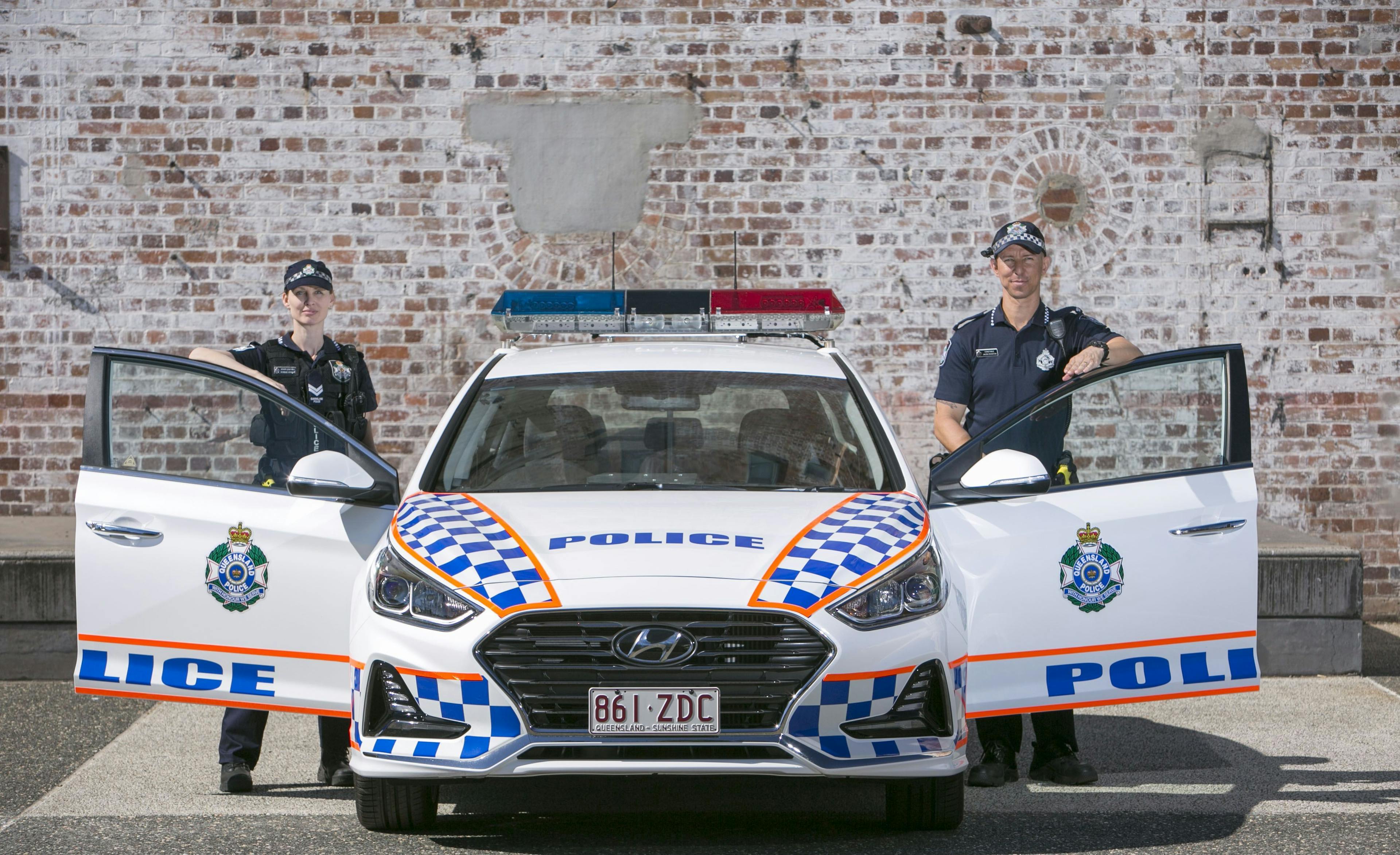Queensland: racist one day, police state the next

The recent death of a motorcyclist in the north Queensland city of Townsville after being hit by a vigilante chasing a stolen car has once again focussed attention on law and order in the state’s north.
The Murdoch-owned local paper, the Townsville Bulletin, dubbed the city “Crimsville” back in 2015, calling it Queensland’s “undisputed crime capital”, subject to a “youth crime wave”. According to the media, residents continue to be under siege, afraid to go out of their homes as the city is “terrorised” by “youth gangs”.
But according to Queensland Council for Civil Liberties president Michael Cope, there is no youth crime wave. He told the ABC last July, “The Australian Bureau of Statistics shows that youth crime in this state has been falling pretty much consistently for the last 10 years”.
Townsville Indigenous elder Dr Gracelyn Smallwood also believes the youth crime wave narrative has been exaggerated by politicians, police, residents and media outlets, and has a racist element. Speaking to the Guardian in September, Dr Smallwood said the police are “always stereotyping black children ... They’re charging kids stealing a boiled lolly and a can of Coke”.
But this hasn’t stopped the Palaszczuk government announcing a number of punitive measures, including reversing the presumption of bail for serious indictable offences, giving courts the power to compel 16-year-olds to wear GPS trackers as a condition of bail, strengthening anti-hooning laws and providing police with metal detectors to use when searching people. This is on top of laws passed last June that deny bail to repeat offenders.
The impact of these measures is greatest on Indigenous young people: the government’s own data from 2018 revealed almost two-thirds of children kept in watch-houses are Indigenous, despite making up only about 5 percent of the population. A May 2019 report by the public guardian, Natalie Siegel-Brown, detailed the abuse of children as young as 10 in watch-house detention, who were “caged like animals in concrete pens”. She told ABC’s Four Corners, “I have ... seen with my own eyes children who are cold, who are hungry, who haven’t accessed any real outdoor air for two weeks or more, and who have little or no access to education”. The report emphasised that none of the children had been convicted of a crime but were being held on remand.
Annastacia Palaszczuk’s government continues to force young people into this system. In the 2020 state election campaign, she promised more police for Townsville, Cairns and Mt Isa. Last September, Operation Sierra Silhouette was launched by the police to coincide with the school holidays, resulting in the arrest of at least five young people in Townsville. The proposed GPS tracking devices will be rolled out first in north Brisbane, Moreton, Logan, Townsville and the Gold Coast—all areas that are home to large numbers of Indigenous people, have higher than state average rates of youth unemployment and are disproportionately poor (except the Gold Coast).
The opposition LNP has also pushed tough on crime policies, including the introduction of boot camps, enforced remote farm stays and mandatory detention for repeat offenders. In the lead-up to the 2020 state election, with three marginal Labor-held seats in the Townsville area, then LNP leader Deb Frecklington visited Townsville regularly, vowing to introduce a curfew for children under 17 and fines for parents whose children breached the curfew.
This is the same LNP which, back in 2017, was supposedly so concerned about the welfare of children and young people being exposed to the anti-bullying Safe Schools program aimed at educating young people about inclusivity and gender and sexual difference. The Safe Schools program was “based on ideology, not on protecting kids and building stronger families”, according to the LNP leader at the time. Apparently, none of the same concern for young people and their families applies when it comes to Indigenous children being locked in cages without bail for weeks on end, based on no hard evidence that crime is increasing.
Not surprisingly, the hyped-up law and order atmosphere has fuelled violent vigilantism. Last September, the ABC accompanied a Townsville local on a “scenic drive”—a euphemism for residents patrolling Townsville’s streets at night searching for “suspicious youths”. That night, the local abused two young boys who were simply riding bikes, and told the reporter he has also intercepted young people in cars and in some cases gave them a “good flogging”.
This is also reflected on social media. One particular Facebook page, called the Townsville Crime, Alerts & Discussions, has 47,000 members, more than a quarter of Townsville’s population. A 2017 study titled “Social media, vigilantism and Indigenous people in Australia” by criminologist Professor Chris Cunneen described such pages as helping to “produce and reproduce a racialised narrative of crime, which at the same time has the effect of legitimating violence against [young] Indigenous Australians”. The article cites a 2017 post as an example: “Dirty low life. We don’t want this type of vermin in our town. About time they are hunted once and for all”.
Ironically, it was the actions of a vigilante that caused the death of motorcyclist Jennifer Board and unleashed this latest wave of law and order drum beating. Yet it will be young and Indigenous people who will pay the price, not dangerous racist thugs.
“What we will have now is police arresting children, putting them in prison, and that’s going to be the only answer”, argues prisoner advocate and CEO of Sisters Inside, Debbie Kilroy, speaking recently to the ABC. “[W]e’re going to be pushing [young people] further to the margins ... the crackdown [will] help cement a cycle of traumatised children who will be pipelined into adult prisons.” The consequences of these measures will indeed be terrible and long lasting.